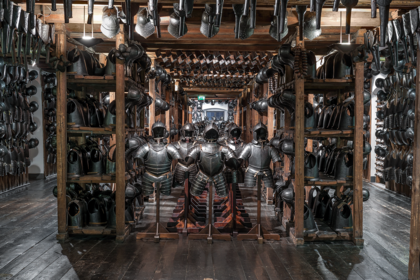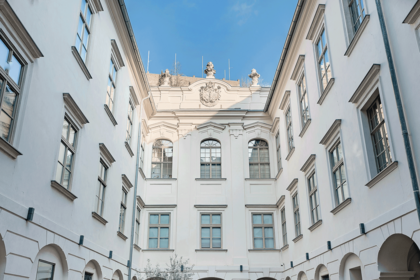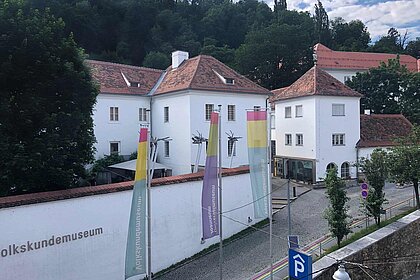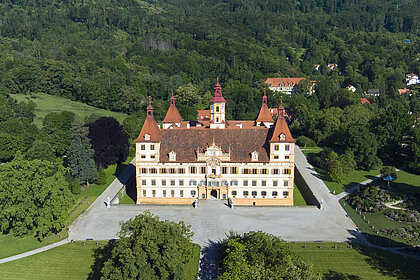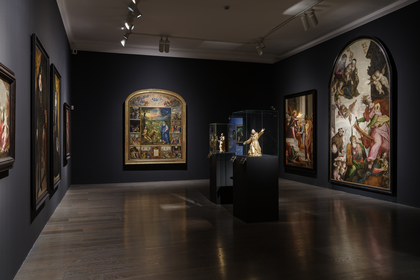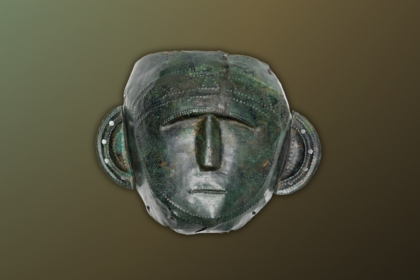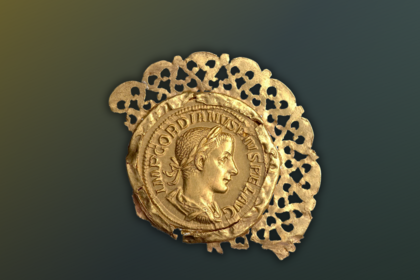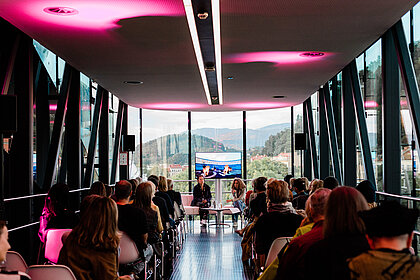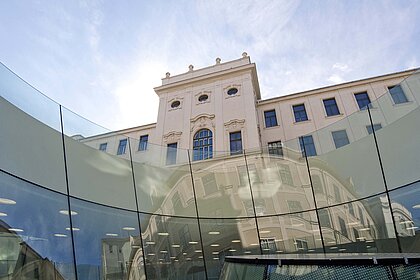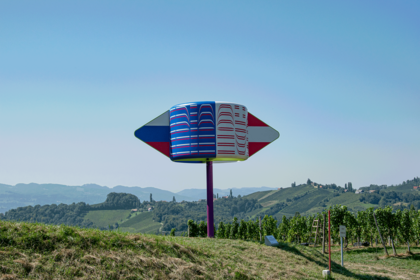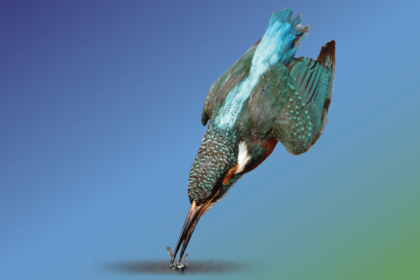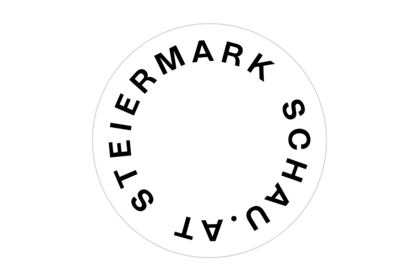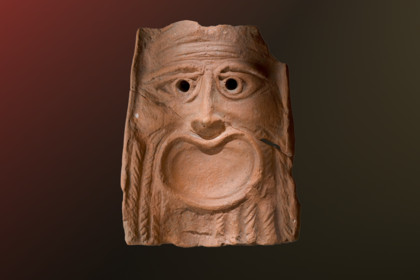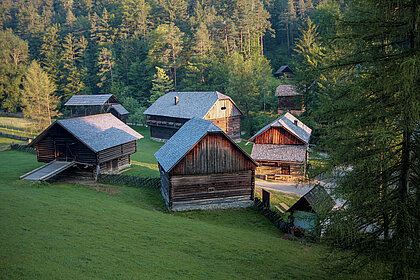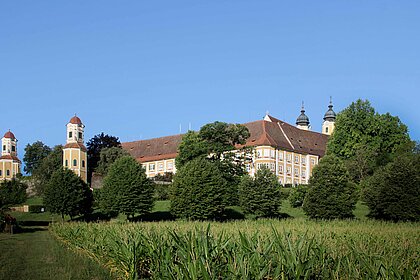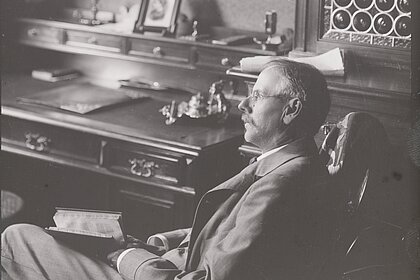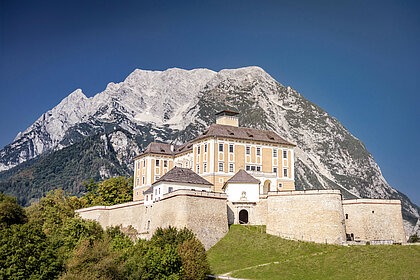In the first decades of the 16th century, so-called ridged or Maximilian armour became common.
Discover the
Universalmuseum Joanneum
Graz
Styria
Closed

More than 85 animal species from all continents live in the Herberstein Animal World.
Universalmuseum
Joanneum
Back to Universalmuseum Joanneum
Styrian Armoury > Discover > Collection > Defensive arms > Fluted armour by Hans Maystetter
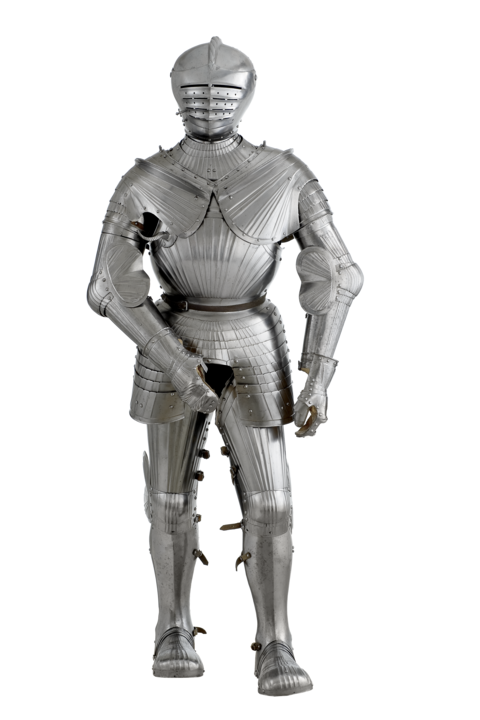
Image Credits
This type of armour was characterised by three-dimensionally curved surfaces, a wasp waist as well as a specific, decorative design that emphasised the three-dimensional shape of the armour. The fluting was the metal equivalent of the belted, pleated doublet of the time. It not only defined the visual appearance of the armour but also enhanced its solidness and resilience. The relatively rapid disappearance of fluted armour was due to the high costs involved in its production as well as to the firearms that were beginning to emerge at the time and which created new demands for how soldiers were equipped.
Of the eight specimens that have been preserved, only one can be attributed to a particular armourer: the complete field armour by Hans Maystetter. He worked in the armoury of Innsbruck from 1508 and was temporarily called to Graz in 1510/11 by Emperor Maximilian I in order to give armourer's trade here new impulses. The field armour, meant to a horseman fighting with a long lance, wass probably produced during this time.
It consits of a close-helmet with rondel, collar, breastplate with folding lance rest and riveted tassets, back, pauldrons with haute piece (armourer's mark on the left of the pauldorn), "mitten" gauntlets and leg harnesses wiht broad sabatons; the vambraces are contemporary but do not belong to this armour. The fluting is arranged in bundles; a lightly etched border with scrollwork is found along the upper edge of the breastplate along with the invocation "O mater Dei menmento mei" and the uninterpreted initials "HHESASD".
